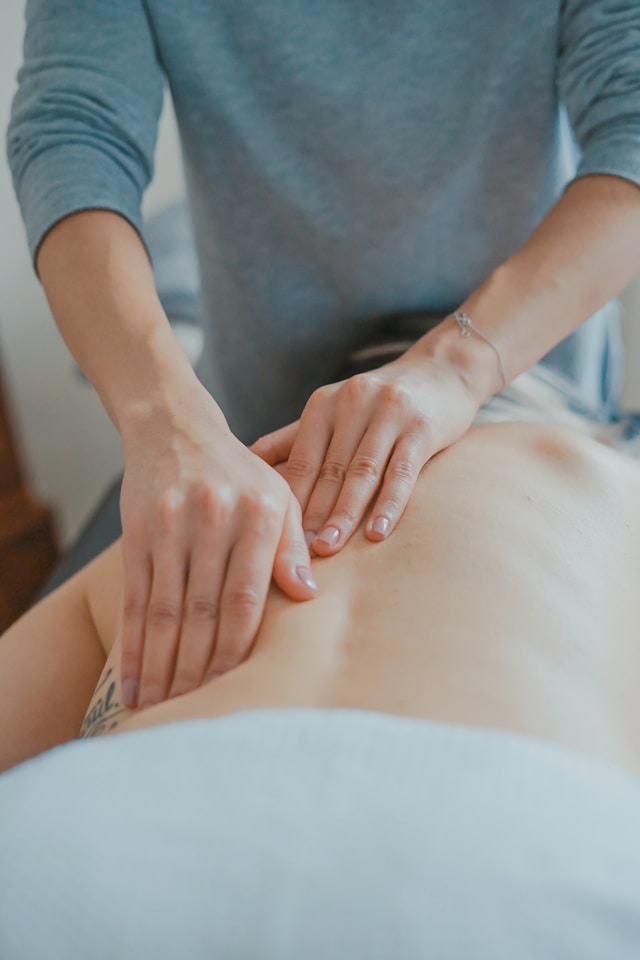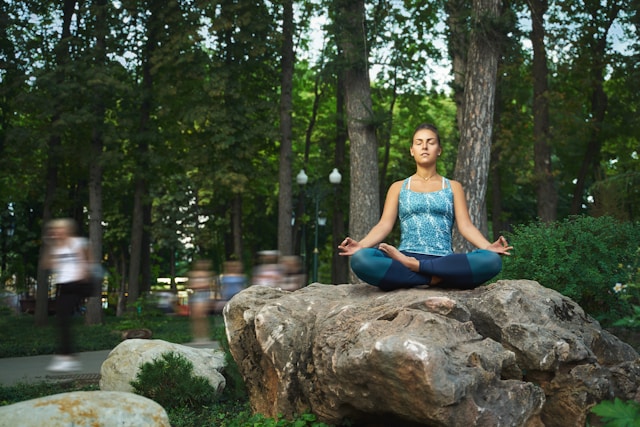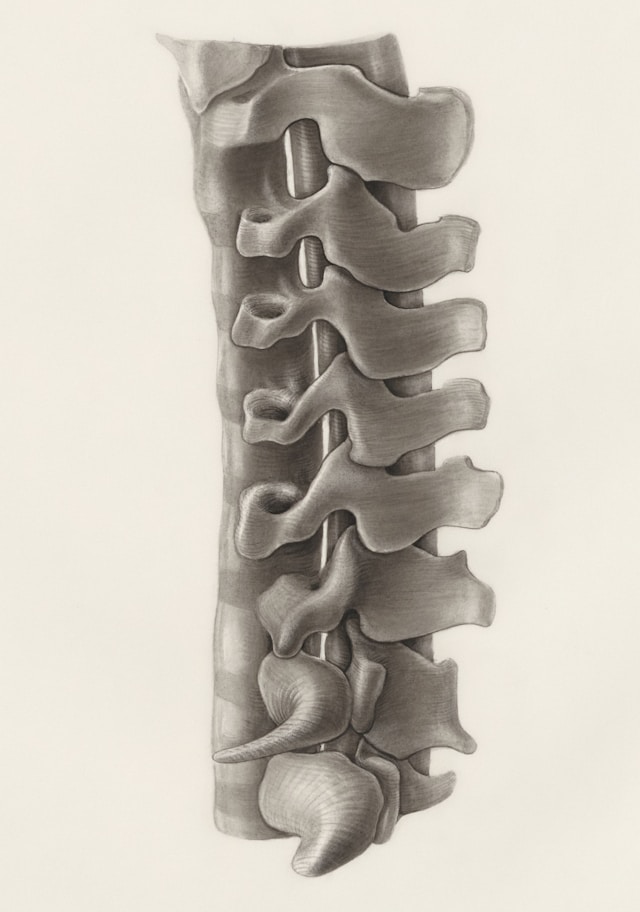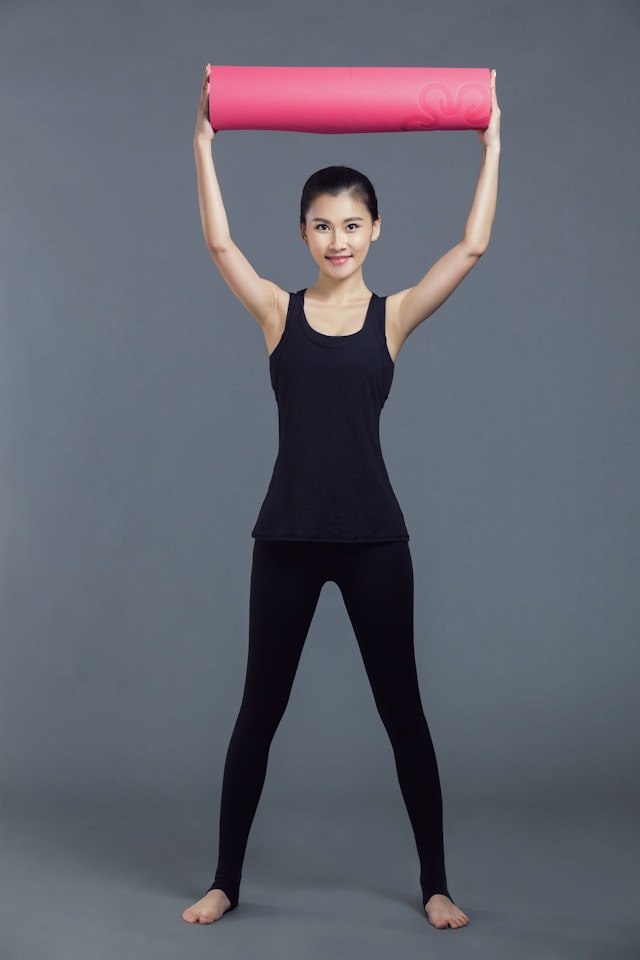Lower back pain is the most common cause of musculoskeletal symptoms, affecting 70–80% of adults at some point in their lives. It is also the leading cause of people being unable to do daily activities and missing work. So it’s no surprise that many people explore for ways to ease and prevent low back discomfort.
According to research, postural exercises have a greater and more effective pain-relieving effect on low back pain than pharmaceutical choices (painkillers, NSAIDs) or instrumental treatments (heat, spinal manipulation). Furthermore, workouts are more effective at improving the psychological components of dealing with low back pain. Physical therapists have provided information and advice on how exercise can improve your posture and relieve low back pain.

What is Posture?
Posture relates to the anatomical alignment of our bodies; these adaptations can induce muscular strain and imbalances, resulting in pain.

The Importance of Good Posture
When posture is not optimal, complications can occur. For example, sitting at a computer for eight hours a day may result in upper back rounding and reduced flexibility while reaching overhead.
Common Causes of Lower Back Pain
Low back pain can result from various causes and affect people of varying ages, backgrounds, races, and cultures. Many parts of the body might become injured in and around the trunk, resulting in lower back pain and injury. People who place more physical demands on their lower back are more likely to sustain injuries. Work or lifestyle demands may involve lifting, turning, or sitting or standing in one posture for extended periods of time.

Hip tightness and weakness, as well as lower back tightness, can cause lumbago. These areas require proper strength and flexibility to assist in reducing stress in the lower back during daily motions. Sitting for lengthy durations exacerbates these issues.
Raising loads with the spine in excessive flexion or rotation typically causes traumatic injuries in the lower back. Learning good lifting mechanics may reduce the risk of damage in these situations.
How Exercise Can Improve Posture and Relieve Low Back Pain
Exercise can improve muscle strength, mobility, muscular activity, and flexibility. According to research, exercise treatment, such as aerobics, muscle strengthening, and stretching and flexibility exercises, can reduce pain while improving function.
Posture correction is an excellent approach to introduce the body to new demands under controlled conditions. Your body will be less likely to experience pain during daily activities if you strengthen your postural muscles and improve your overall posture.
You must check in with your body on a daily basis; observing variances in flexibility or strength is a wonderful method to begin treating any posture-related difficulties. In a slouched computing posture, the muscles along the back of the body might become stretched out and weak. Postural muscles are endurance muscles that must be able to perform over long periods of time. Training these muscles to move through their full range of motion helps ensure that your body is prepared to adapt to any posture you ask it to take.
Step-by-Step Guide to Nine Posture-Improving Exercises
Here are some exercises to enhance posture and alleviate low back discomfort. Do not engage in any activity that causes pain.
Hollow Body Holds
The hollow body holds and works the anterior chain, hip flexors, and abs.
1. Lie back on a sturdy surface, knees bent.
2. Push the lower back into the ground, ensuring the spine is flush with the ground.
3. Raise arms straight, fingers pointing up towards the ceiling.
4. Ensure legs are straight and toes pointed towards the ceiling.
5. Gradually move your toes and fingers away from each other while keeping your lower back in contact with the ground.
6. Hold a challenging position.
7. Hold for 10-30 seconds, 3-10 sets.
Rack Slides
Rack slides target the trapezius and thoracic paraspinals.
1. Use a wooden dowel or PVC pipe to approach your door frame or the front of a squat rack.
2. Place the dowel horizontally against the doorframe at the level of your collarbone, with hands slightly wider than shoulder width.
3. Maintain a slightly staggered stance as you approach the dowel.
4. Always keep your elbows under your wrists.
5. Slide the dowel up the rack and ensure your arms are straight.
6. Shift weight onto the front foot for an overhead position and further stretch.
7. Hold at the top for a few seconds and repeat 10-30 times daily.
Pass-Throughs
Pass-throughs target the pec minor and major, the coracobrachialis, and the short head of the biceps.
1. Grasp a 5-foot dowel or PVC pipe with a wide grasp (wider is usually easier).
2. Keep your arms straight and spin your shoulders to move the dowel over your head and slightly behind you.
3. When facing a mirror, the dowel will slide behind your head to approximately eye level.
4. Stretch the front of your chest, shoulders, and arms.
5. Avoid descending beyond that point. Instead, hold that position for 3 seconds before returning to the starting position.
6. Repeat 10–20 times.
7. For a deeper stretch, bring your hands closer together.
Hip Hinges
Hip hinges work the posterior chain, lower back, glutes, and hamstrings.
1. Stand with your feet directly beneath your hips and toes looking forward (preferably in front of a mirror).
2. Push your hips back and raise your hands overhead.
3. Knees may slightly bend during this exercise.
4. Maintain a neutral spine and progressively lower it parallel to the ground. You may also experience a stretch below your legs.
5. Hold the position for 3 seconds and then return to the starting position.
6. Repeat ten to thirty times throughout the day.
Baby Swan
The baby swan is an excellent exercise for counteracting the forward sitting posture and improving the mobility and strength of the middle back.
1. Begin by lying on your belly with arms out to your sides in a goalpost stance.
2. Imagine or place a little ball under your sternum. Gently hug the earth with your arms before rolling your ball forward to lift your heart and head forward.
3. Maintain movement in the middle of your back. If you don’t have a ball, just visualize one to get the action started. While it may be tempting to lead with your head, remember that your heart is in charge.
4. Hold the elevated position and lift one or both arms without lowering the body.
Windshield Wiper Hips
This exercise improves hip mobility and control.
1. Sit in a “z-sit” with knees opposite the feet.
2. Lean back slightly and shift to an opposing z-sit, with knees pointing in the opposite way.
3. Maintain a tall posture while doing this. If you require a modification, start by leaning back and using your hands for support, or try it lying down. Consult your doctor before attempting full rotation, as certain hip procedures may contraindicate it.
4. To strengthen the exercise, start with the seated form and progress to kneeling before switching sides.
Swimmers
Swimmers strengthen the lower back while increasing spinal mobility.
1. Lie on your abdomen, arms in a “v” position and legs straight.
2. Begin slowly lifting the right arm and left leg, then transfer to the left arm and right leg. Make sure you’re not holding your breath or attempting to lift the limbs from your lower back. Positioning a pillow under your hips can help lower back pain.
3. Gradually increase your pace and avoid hitting the ground with your arms and legs while alternating sides. Start from a hands-and-knees position rather than your belly.
Rolling Bridge
The bridge is an excellent exercise for getting the spine and core talking to each other and finding stability via movement.
1. Hips apartment, knees bent and lie on your back Keep your arms at your sides as you curl your pelvis and form a bridge by rolling up your spine one vertebra at a time.
2. Retrace your steps by rolling down the spine one vertebra at a time, starting at the top.
3. Use one leg at a time to roll up and down.
Roll-ups work abdominal muscles and help build a sturdy spine. This exercise may not be suitable for those with osteoporosis or some acute lower back disorders, so if anything hurts, stop.
1. Pull your legs together, keeping them straight, and lie flat on your back. Raise your hands over your head and take a deep breath.
2. Exhale, squeeze your arms down, lift your head, roll up to a sitting position, and reach for your toes.
3. Sit tall and roll back to the beginning position, focusing on one vertebra at a time. If you get caught on the way up, roll up a towel and insert it between your shoulder blades to help you roll up, or start sitting and roll back a short distance (what you feel you can support) before coming back up.
Incorporating These Exercises into Your Daily Routine
Your demands and abilities will determine which workouts you perform and when. Trying to incorporate activity into your day is good. Using motion lotion during movement and exercise helps to hydrate muscles and joints, remove waste products produced by overuse, and eventually aid in restoring the body’s balance.
Tailor your movements to your specific demands. If you have tight hips or a stiff spine, work on loosening them. Strength and endurance should be the main goals of exercise if there is no support.

